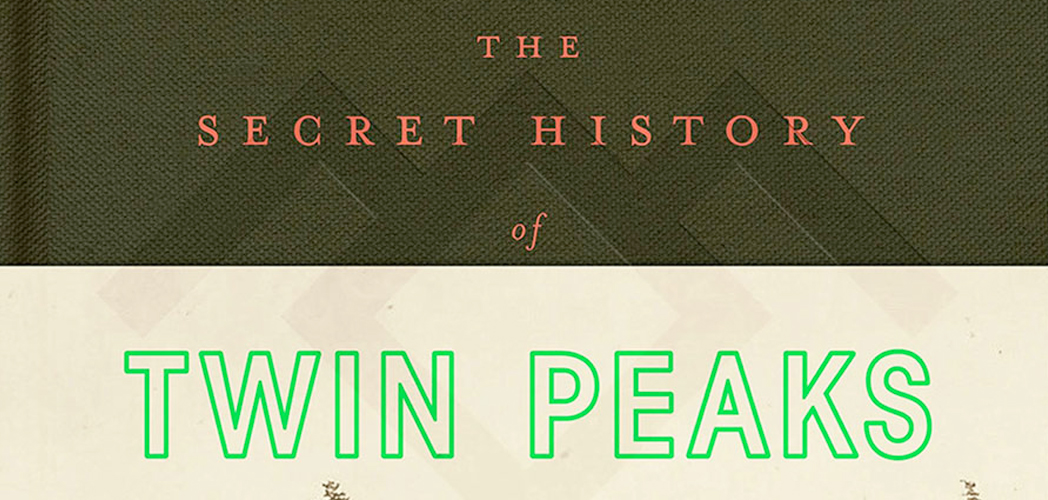
Book Review: The Secret History of Twin Peaks
Written by: Tony Lazlo, CC2K Staff Writer
One of the myriad pleasures of the classic TV series Twin Peaks is sensing the artistic tug-of-war between showrunners David Lynch and Mark Frost. By now it’s received wisdom that Frost—an alum of more traditional story-driven shows like Hill Street Blues—was a necessary correction for Lynch, the dreamy abstractionist.
PLEASE NOTE: SPOILERS AHEAD!!!
I agree. They both bring valuable skills to the table—Lynch, with his mastery of visuals, soundscapes, and dream-logic; Frost with his vast experience building satisfyingly headlong soap-opera narratives brick by addictive brick. They’re both master storytellers, to be sure, but their methods of storytelling are diametrically opposed. Lynch is withholding and mischievous, Frost generous and straightforward.
Nowhere is this contrast better seen than in the show’s first season finale—the only episode written and directed by Mark Frost—and the opening scenes of season two. The season one finale is simply packed with action: the fire at the mill, the shootout, Cooper’s meeting with Jacques Renault, Nadine’s attempted suicide … and of course, Cooper getting shot. A lot happens in the finale.
And then, of course, there’s the season two premiere. Frost also wrote this one, but Lynch directed it, and the opening scene has his fingerprints all over it. Check it out:
I love it. Can you imagine tuning in after the nonstop thrills of the season one finale, only to be forced to sit through almost five minutes of basically nothing? It’s an impulse later imitated by Breaking Bad—the famous “Fly” episode springs to mind—where the showrunners had amassed so much storytelling credit that they’d earned the right to slow things down to a crawl.
Pivoting over to Mark Frost’s new novel The Secret History of Twin Peaks, I can sense that same “Lynch vs. Frost” tension again. The content of the novel is pure Frost: it’s a deep dive into the backstory of Twin Peaks that connects the famously paranormal town to everyone from Richard Nixon to L. Ron Hubbard. The opening chapters recount Lewis and Clark’s expedition to the Pacific Northwest, contextualizing American colonial incursion within the larger story of the genocide perpetrated against Native Americans. The final chapters revisit most (though not all) of the major players from the series, providing illuminating backstory to some of its more enigmatic characters.
It’s generous to a fault—many chapters could be summed up in a few lines—but that’s Frost for you. He gives and gives, in the process rehabilitating certain characters—Dr. Jacoby’s mental state after the Palmer murder is movingly rendered—and bidding farewell to others, most notably Catherine Coulson and Don Davis. In giving an explanation for the Log Lady’s log, Frost delivers what is maybe the book’s most touching passage, and of course, the book itself is a goodbye letter to kind, brave old Major Briggs. They’ll be missed, as will others.
But on the flipside, the book provides scant few glimpses into the black hole that is 1991 through 2016. We learn almost nothing new about what happened in those intervening years, and in that choice, I sense the mischief of David Lynch. And that’s okay. Sure, I’d like to have some idea of Coop’s activities after BOB took hold of his consciousness, but I’m sure we’ll find out next April.

